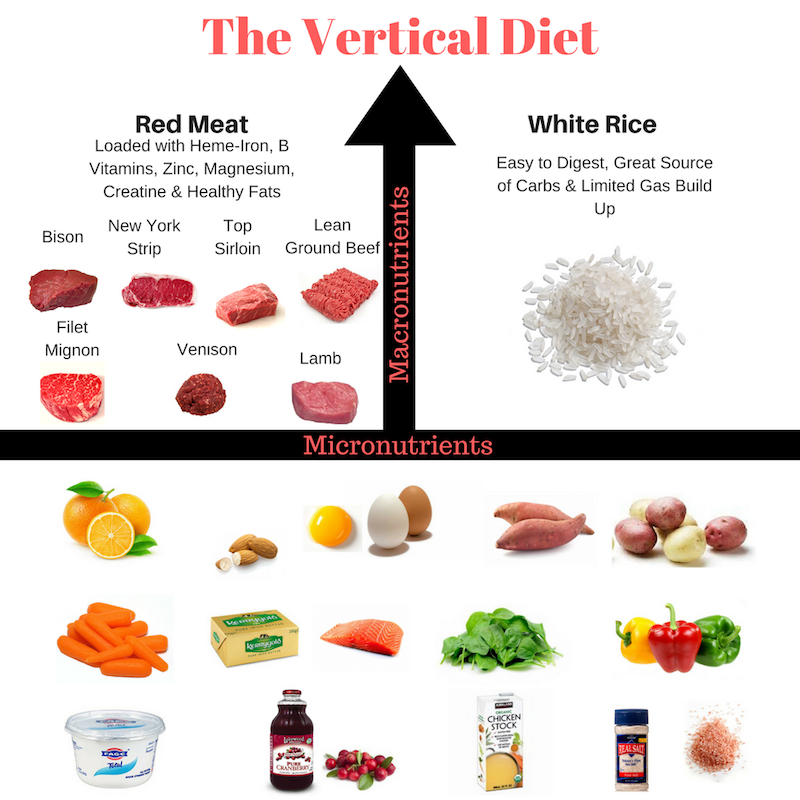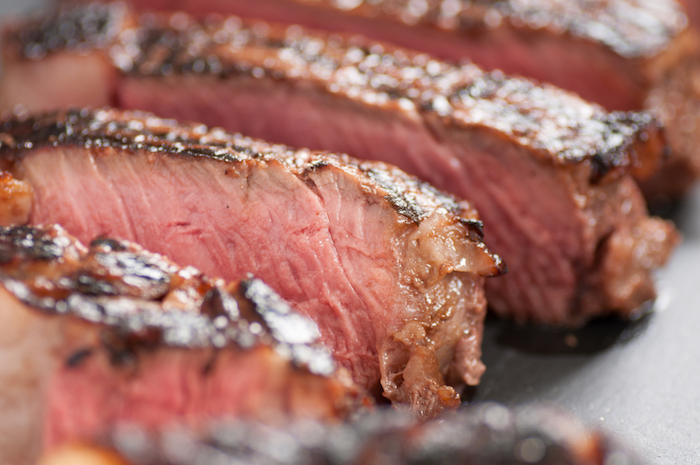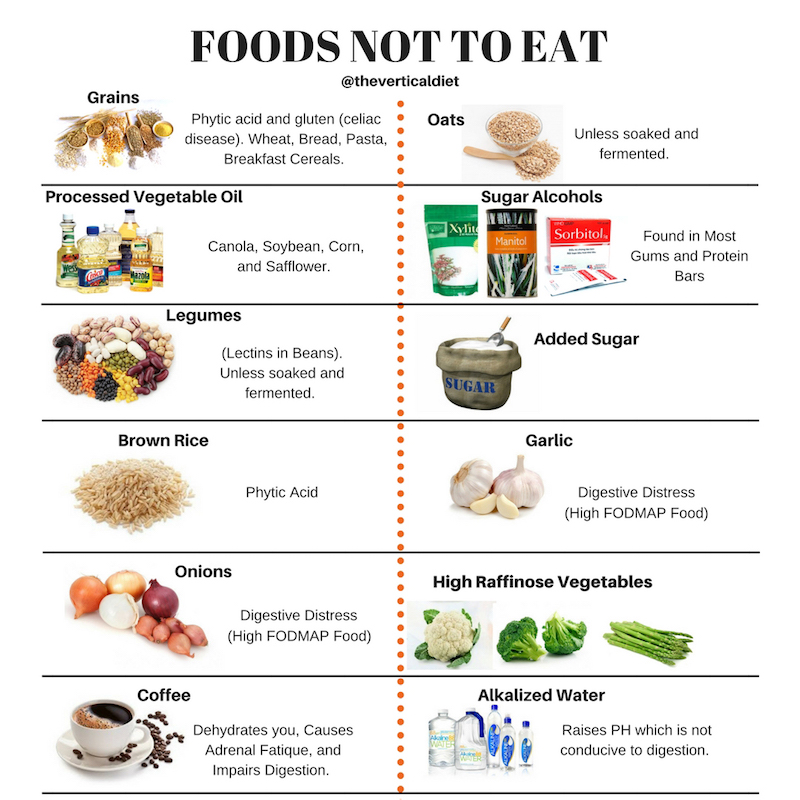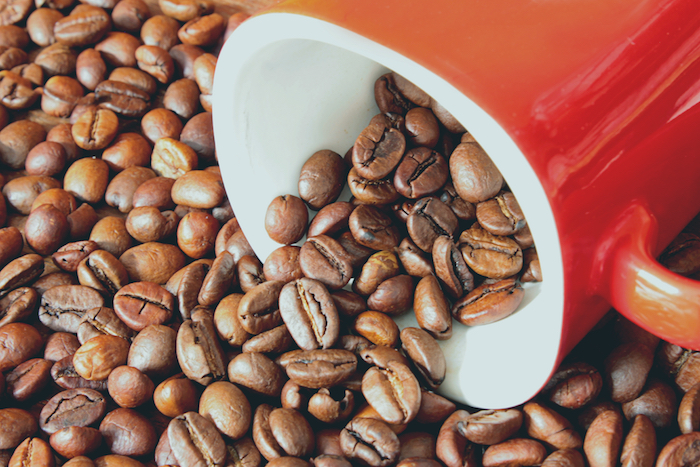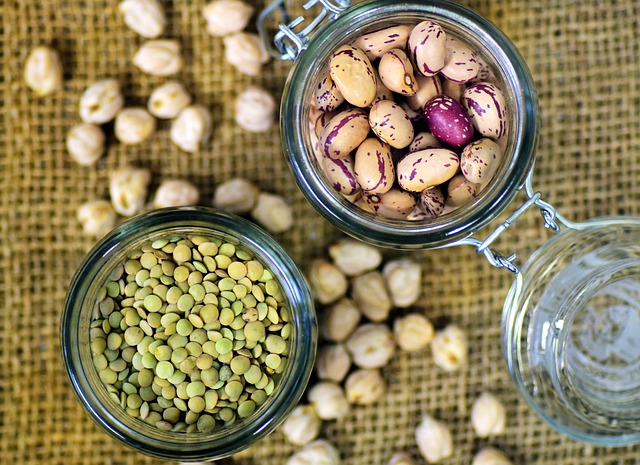The Vertical Diet
Stan Efferding’s athlete diet minimizes FODMAPs and maximizes the steak.
Nick English
- Updated on April 30, 2019
2018’s World’s Strongest Man Hafthor Bjornsson follows it. Four-time World’s Strongest Man Brian Shaw follows it. Stan Efferding invented The Vertical Diet to meet the needs of the world’s most elite athletes, but it’s also intended for the everyday person — he says his two children and his octogenarian father follow it as well.
So what’s it all about? For this article we spoke to Efferding himself to find out the ins and outs of this mysterious but hard-to-ignore system that has a extraordinarily big emphasis on optimizing digestion.
-
Vertical Diet Foods
-
What Not to Eat On the Vertical Diet
-
What’s a FODMAP Food?
-
Phytic Acid, Lectins, and Antinutrients
-
Vertical Diet Macronutrients
The Vertical Diet Foods
-
Focuses on red meat, white rice, and low FODMAP foods
“In short, The Vertical Diet is about eating nutrient-dense foods that are easily digestible in order to help you lose or gain weight, maximize workouts, and achieve better nutrient absorption over all,” says Efferding. “The goal is to keep the main focus on micronutrients such as vitamins, minerals and antioxidants.”
It’s called the Vertical Diet because when it’s arranged visually, it looks like an upside down T: you’re eating more of the foods at the top. Those foods are what the diet is best known for: red meat and white rice.
Why?
There’s little doubt that white rice is digested very easily by most people: practically no fiber or fat or lectins or phytic acid — often called “antinutrients,” which we’ll discuss below — it’s as clean a carb as they come.
The red meat is because Efferding considers it the most nutrient dense kind of meat, “loaded with heme iron, B-vitamins, zinc, magnesium, creatine, and healthy fats.”
We were a little surprised to see magnesium on the list given that leafy greens and legumes are usually considered the best sources. Two hundred grams of it does contain 50 milligrams of this important mineral, though that’s just 12 percent of your daily intake — then again, if you’re getting a lot of the other foods recommended, you’ll probably hit your intake of 400 milligrams per day.
Beneath the towering pillars of red meat and white rice, you’ll find a wide, flat base of plants: fruit, potatoes, spinach, red peppers, carrots, juice, and some extra animal products like butter, broth, and fatty fish.
So the emphasis is on red meat and rice and plants. But there’s a lengthy “do not eat” list.
[Read why Efferding strongly emphasizes the benefits of sodium for athletes.]
What Not to Eat on the Vertical Diet
Grains
Labeled as a source of phytic acid and gluten, the diet is no fan of pasta, cereal, or bread, unless it’s fermented sourdough bread.
Oats
Unless soaked and fermented, which can help reduce “antinutrients.”
Legumes
Considered a source of lectins, carbohydrate-binding proteins that are resistant to digestion. They’re OK if they’re soaked and fermented, though.
Processed Vegetable Oils
A pretty uncontroversial pick: these are super high in Omega-6 fatty acids, too many of which have been pretty strongly linked to inflammation, heart disease, and obesity.(1)(2)(3)
[Learn more: The Best Foods and Supplements for Fighting Inflammation.]
Coffee
Efferding claims that coffee causes dehydration and impairs digestion.
“I don’t eat foods I like, I eat foods that like me,” he says. “Getting your gut health and digestion in top shape might make you feel better than these everyday comfort staples.”
Sugar Alcohols
Natural sweeteners like erythritol and xylitol, pretty popular in protein bars and diet-friendly ice cream. Like grains and legumes, they’re known to cause indigestion in somefolks, though it’s not that widespread a phenomenon.
High Raffinose Vegetables
Perhaps the most controversial exclusion, these include cruciferous vegetables like broccoli, cauliflower, and asparagus. The culprit is raffinose, a certain sugar found in some veggies, grains, and legumes that is resistant to digestion and can sometimes cause gas.
Garlic and Onion
The foundation of most tasty, savory meals? Not for you — they’re high FODMAP foods.
So What’s a FODMAP Food?
-
FODMAPs are fermentable carbohydrates that are limited among people with digestive disorders
The Vertical Diet is basically a low-FODMAP diet with a big emphasis on rice and red meat.
FODMAP stands for Fermentable Oligo-, Di-, Mono-saccharides And Polyols, which refers to short-chain carbohydrates that are often limited among people with digestive disorders such as Irritable Bowel Syndrome.(4)(5) They’re types of fiber and they pass through the system undigested; your gut bacteria use them for fuel, producing hydrogen gas in the process.(6) For some people, they can draw liquid into the intestines and produce diarrhea, and for people with sensitive stomachs low-FODMAP diets can be a godsend.
The Vertical Diet essentially takes this diet to its conclusion and says that if FODMAPs are harder to digest, why not eliminate them for anyone who wants optimal digestion?
“Since the diet is about easily digestible macronutrients, high FODMAP foods are either limited or prepared in a manner that reduces digestive distress,” says Efferding. “Low-gas vegetables like spinach, cucumber, bell peppers, and potatoes are better than cruciferous vegetables for increasing the positive results from the diet.”
There’s not a ton of data on healthy populations using a low FODMAP diet, but some research has shown a reduction in gas and improvements in gut health, and one study even found it to improve exercise-related gastrointestinal symptoms.(7)(8) This is just conjecture, but one could see how this might be a useful way of eating for people who need to digest an extraordinarily high amount of calories.
Lectins, Phytic Acid, and “Antinutrients”
-
These compounds may reduce the absorption of some minerals
-
This can be remedied by consuming them with Vitamin C and/or soaking and fermenting
You hear these words often mentioned by adherents to the Paleo diet and they’re off the menu on the Vertical Diet as well. Lectins and phytic acid are often called “antinutrients” because they bind to and impair the digestion of minerals like magnesium, iron, and zinc.(9)(10)
There are a few things to remember: this effect is almost completely eliminated if you’re consuming Vitamin C in the same meal, plus lectin has some links to lower cancer risks and phytic acid is an antioxidant that has been associated with lower risks of cardiovascular disease and kidney stones.(11)(12)(13)(14)(15)(16) This is why some people actually consume phytic acid supplements.
That’s not to say everyone must eat lectins and phytic acid if they don’t want to or if they don’t digest well, but the notion that they’re outright bad for everyone isn’t watertight. If you still want to eat legumes and wheat, though, the Vertical Diet does allow them if they’re soaked and fermented, which also helps to reduce the potential negative effects of these compounds.(17)(18)
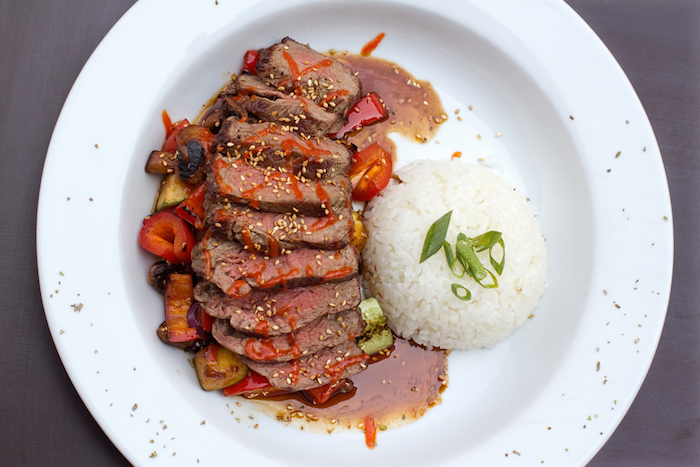
Vertical Diet Macronutrients
-
The Vertical Diet is relatively low fat, high carb
The total calories depend on your basal metabolic rate and your workload, but the macronutrients go like this:
Protein: 1 gram per pound of bodyweight
Fat: 0.3 grams per pound of bodyweight
Carbohydrates: The rest of your calories
Basically, you work out the number of calories you burn, subtract the protein and fat and voila, there’s your carb intake. Let’s say you weigh 200 pounds and burn 3000 calories per day. That would look like:
Protein: 200 grams (800 calories)
Fat: 60 grams (540 calories)
Carbohydrates: 415 grams (1660 calories)
Ensuring you get the right amount of calories for your activity level and body type is an important component of the diet’s intended ability to improve hormonal health, and indeed it appears that hormones such as testosterone can be impaired if you’re not eating enough food or getting a broad enough spectrum of nutrients.
Note that this is a relatively low fat diet, which underlines the fact that it’s a diet designed for athletes, who typically need to make more room in their macros for carbs than sedentary folk.
[Read more: Are Low Fat Diets Ideal for Athletes?]
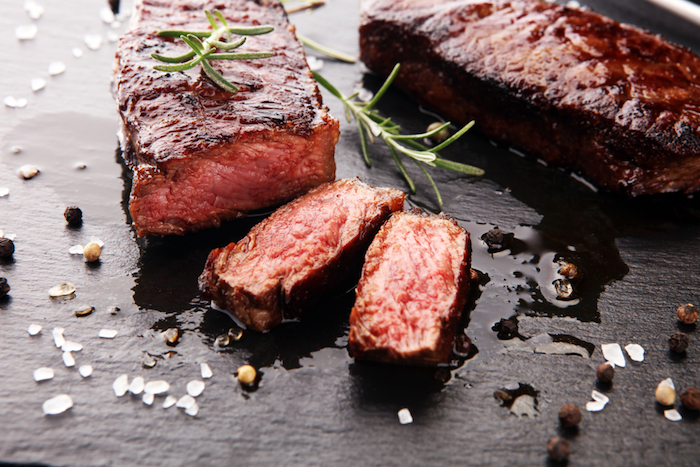
The Takeaway
We can’t ignore the fact that most dietitians are still pretty wary of prescribing so much red meat, though it’s worth emphasizing that this is still a relatively low fat diet — it’s not one of the high bacon fads that dietitians spend a lot of time worrying about. But again, consuming high amounts of red meat is still pretty controversial.
And many would suggest legumes and whole grains are rich sources of important micronutrients that shouldn’t be cut out of a diet unless you do experience indigestion from eating them.
But when looking at a diet that’s so focused on helping food digest as efficiently as possible, it’s not hard to see why it’s biggest adherents are, well, big: strongmen and powerlifters who consume up to twelve thousand calories per day. With that kind of volume, high FODMAP foods, high fiber foods, and high fat foods — all off the table for Vertical Diet adherents — could potentially make it harder to get in the amount of food you require to keep performing at your best. (Most people who have tried to bulk with beans will tell you that at a certain point, fiber stops being welcome in the digestive tract.)
There’s no denying that most of the foods you’re instructed to limit on this diet have more benefits than drawbacks. That said, the Vertical Diet does allow a wide enough variety of fruit, vegetables, leafy greens, meat, and sources of Omega-3 fatty acids that nutritional deficiencies seem unlikely with a well planned regimen. (And there’s no rule against supplements to shore up any shortcomings.)
In any event, make sure you speak with a healthcare practitioner before undertaking any new diet or weight loss program.
References
1. Simopoulos AP, et al. An Increase in the Omega-6/Omega-3 Fatty Acid Ratio Increases the Risk for Obesity. Nutrients. 2016 Mar 2;8(3):128.
2. Patterson E, et al. Health implications of high dietary omega-6 polyunsaturated Fatty acids. J Nutr Metab. 2012;2012:539426.
3. Okuyama H, et al. Omega3 fatty acids effectively prevent coronary heart disease and other late-onset diseases–the excessive linoleic acid syndrome. World Rev Nutr Diet. 2007;96:83-103.
4. Barrett JS, et al. Fermentable oligosaccharides, disaccharides, monosaccharides and polyols (FODMAPs) and nonallergic food intolerance: FODMAPs or food chemicals? Therap Adv Gastroenterol. 2012 Jul;5(4):261-8.
5. Turco R, et al. Does a low FODMAPs diet reduce symptoms of functional abdominal pain disorders? A systematic review in adult and paediatric population, on behalf of Italian Society of Pediatrics. Ital J Pediatr. 2018 May 15;44(1):53.
6. Ong DK, et al. Manipulation of dietary short chain carbohydrates alters the pattern of gas production and genesis of symptoms in irritable bowel syndrome. J Gastroenterol Hepatol. 2010 Aug;25(8):1366-73.
7. Sloan TJ, et al. A low FODMAP diet is associated with changes in the microbiota and reduction in breath hydrogen but not colonic volume in healthy subjects. PLoS One. 2018 Jul 26;13(7):e0201410.
8. Wiffin M, et al. Effect of a short-term low fermentable oligiosaccharide, disaccharide, monosaccharide and polyol (FODMAP) diet on exercise-related gastrointestinal symptoms. J Int Soc Sports Nutr. 2019 Jan 15;16(1):1.
9. Schuchardt JP, et al. Intestinal Absorption and Factors Influencing Bioavailability of Magnesium-An Update. Curr Nutr Food Sci. 2017 Nov;13(4):260-278.
10. Lönnerdal B. Dietary factors influencing zinc absorption. J Nutr. 2000 May;130(5S Suppl):1378S-83S.
11. Jiang QL, et al. Plant lectins, from ancient sugar-binding proteins to emerging anti-cancer drugs in apoptosis and autophagy. Cell Prolif. 2015 Feb;48(1):17-28.
12. Davidsson L. Approaches to improve iron bioavailability from complementary foods. J Nutr. 2003 May;133(5 Suppl 1):1560S-2S.
13. Siegenberg D, et al. Ascorbic acid prevents the dose-dependent inhibitory effects of polyphenols and phytates on nonheme-iron absorption. Am J Clin Nutr. 1991 Feb;53(2):537-41.
14. Schlemmer U, et al. Phytate in foods and significance for humans: food sources, intake, processing, bioavailability, protective role and analysis. Mol Nutr Food Res. 2009 Sep;53 Suppl 2:S330-75.
15. Omoruyi FO, et al. The potential benefits and adverse effects of phytic Acid supplement in streptozotocin-induced diabetic rats. Adv Pharmacol Sci. 2013;2013:172494.
16. Grases F, et al. Phytate (IP6) is a powerful agent for preventing calcifications in biological fluids: usefulness in renal lithiasis treatment. Anticancer Res. 1999 Sep-Oct;19(5A):3717-22.
17. Gupta RK, et al. Reduction of phytic acid and enhancement of bioavailable micronutrients in food grains. J Food Sci Technol. 2015 Feb;52(2):676-84.
18. Liang J, et al. Effects of soaking, germination and fermentation on phytic acid, total and in vitro soluble zinc in brown rice. Food Chem. 2008 Oct 15;110(4):821-8.
-
Published on April 30, 2019


